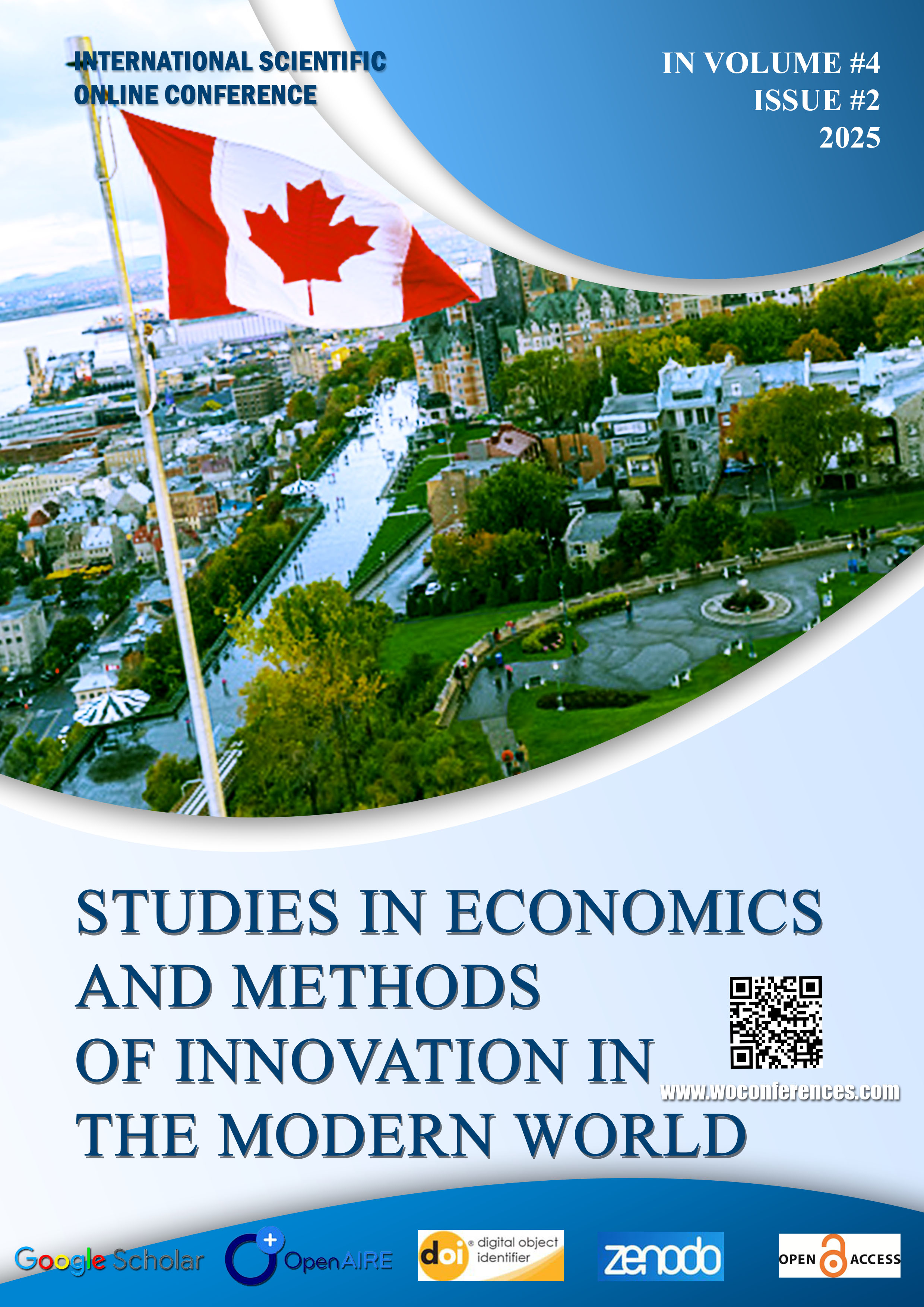CORPUS-BASED ANALYSIS OF LINGUISTIC MOVES IN DISCOURSE
Abstract
This article explores the corpus-based analysis of linguistic moves, a methodology that integrates the quantitative power of corpus linguistics with the functional focus of discourse analysis. By examining large, machine-readable text collections, this approach identifies and validates rhetorical moves—the conventionalized steps used to achieve communicative goals within a genre—through recurrent linguistic patterns. The synergy of computational tools and qualitative interpretation enables a more objective, scalable, and empirically grounded analysis of discourse structure. Key advantages include reduced researcher bias, the ability to uncover subtle functional-form correlations, and facilitation of cross-genre or diachronic comparisons. Despite challenges in automation and corpus design, this hybrid paradigm offers robust insights into the architecture of spoken and written genres, with significant implications for pedagogy and professional communication.
References
Biber, D. (1993). Representativeness in corpus design. Literary and Linguistic Computing, 8(4), 243–257.
Biber, D., Connor, U., & Upton, T. A. (2007). Discourse on the move: Using corpus analysis to describe discourse structure. John Benjamins Publishing.
Flowerdew, L. (2023). Corpus-based discourse analysis. In A. O'Keeffe & M. J. McCarthy (Eds.), The Routledge handbook of corpus linguistics (2nd ed., pp. 275–289). Routledge.
Hyland, K. (2009). Academic discourse: English in a global context. Continuum.
McEnery, T., & Hardie, A. (2012). Corpus linguistics: Method, theory and practice. Cambridge University Press.












